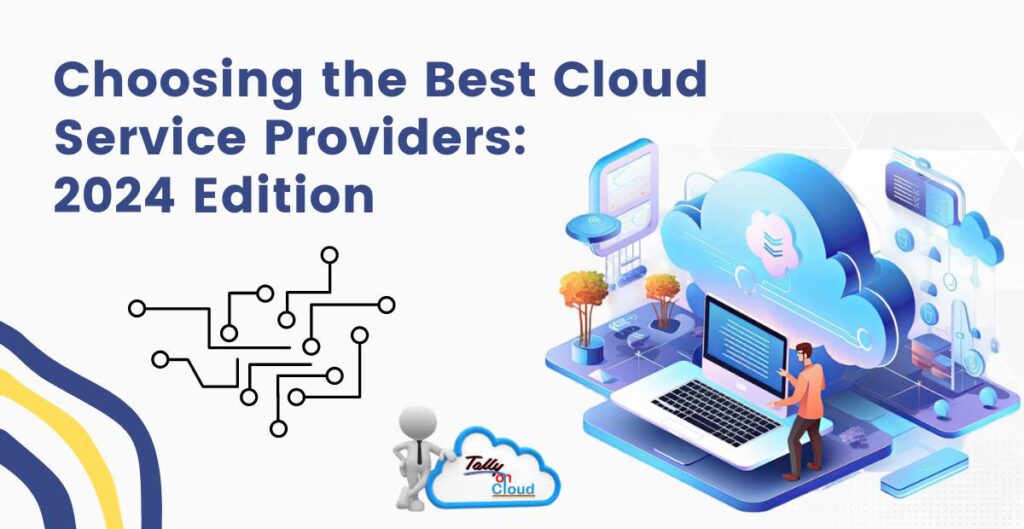Table of Contents
ToggleChoosing the Best Cloud Service Providers: 2024 Edition
Key Features to Look for in Cloud Service Providers
Top Cloud Service Providers for Small Businesses in 2024
For small businesses, selecting a cloud service provider that aligns with their specific needs and budget is crucial. Here are some of the top cloud service providers for small businesses in 2024:

How to Compare Pricing and Plans for Cloud Services
Security Considerations When Choosing a Cloud Provider
Emerging Trends in Cloud Services for 2024
Conclusion
FAQ
When choosing a cloud service provider, consider scalability, performance, reliability, support, compliance, and integration capabilities. Evaluate these factors to ensure the provider meets your business needs and aligns with your technical requirements.
For small businesses, focus on providers that offer flexible pricing, scalable solutions, and strong customer support. Providers like AWS, Azure, Google Cloud, and DigitalOcean are popular choices, but assess their features and pricing to find the best fit for your specific needs.
Cloud service providers typically offer pay-as-you-go, reserved instances, and spot instances pricing models. Pay-as-you-go is flexible but may be costlier if not managed properly, while reserved instances provide lower rates for long-term commitments. Spot instances offer discounts for unused capacity.
Security is crucial when selecting a cloud provider, as it protects your data and applications. Look for providers with strong encryption, access controls, incident response plans, and compliance certifications to ensure your data is secure.
Emerging trends in cloud computing for 2024 include serverless computing, edge computing, AI and machine learning integration, hybrid and multi-cloud strategies, and sustainability initiatives. Staying informed about these trends can help you leverage new technologies and maintain a competitive advantage.


